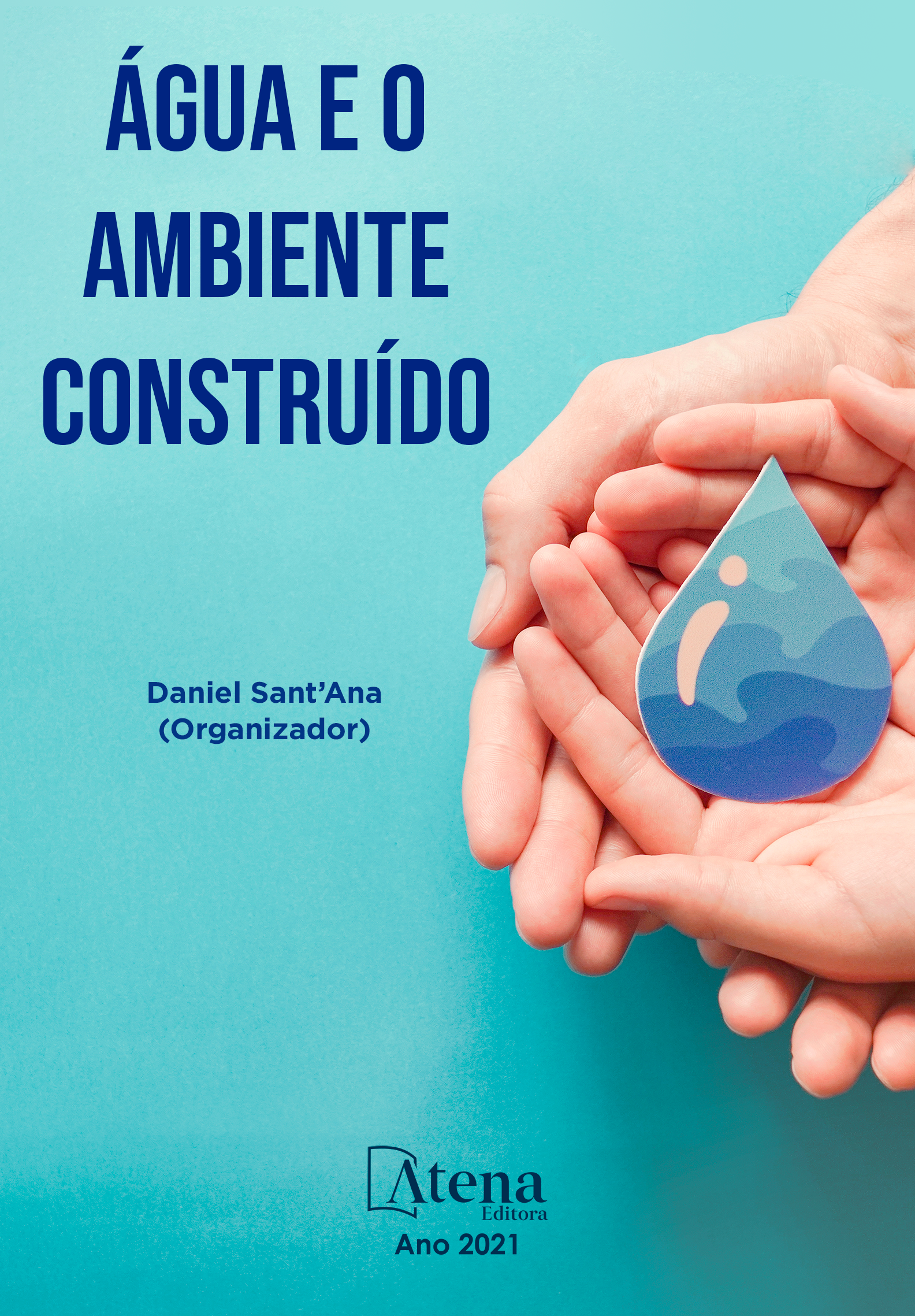
Detection and quantification of drugs and pesticides in surface waters in Brazil: toxicology to exposed organisms
A presença de contaminantes de interesse emergente (CIE) vem sendo cada vez mais frequente sua detecção e quantificação em diferentes matrizes aquosas, como as águas de superfície, a qual possui uma grande diversidade de substâncias consideradas CIE, em especial os fármacos e os pesticidas. Neste contexto, o Brasil se apresenta como um dos maiores consumidores destes produtos que são comercializados, utilizados e dispostos de forma inadequada e indiscriminada, portanto atingindo o ambiente. Isto vem colaborando para a contaminação dos diferentes compartimentos aquáticos e desencadeando inúmeros efeitos deletérios tanto a biota aquática quanto os diferentes seres vivos dos mais diversos ecossistemas, chegando ao ser humano e afetando-o de forma silenciosa. Um agravante é o pouco conhecimento dos efeitos que podem ser desencadeados a longo prazo devido a exposição. Associado a isso, esta a falta de reformulação da atual legislação brasileira que estabelece os padrões de potabilidade de águas, a falta de investimento em infraestrutura de saneamento visando universalizá-lo em todo o território nacional; o pouco investimento em ciência que possa vir a desenvolver novas tecnologias capazes de diminuir ou remover os CIE em corpos aquáticos. Diante deste cenário, a preservação e qualidade dos atuais ecossistemas estão em risco, podendo levar tanto a modificação quanto a extinção de muitos destes, o que comprometerá a qualidade de vida da atual e das futuras gerações.
Detection and quantification of drugs and pesticides in surface waters in Brazil: toxicology to exposed organisms
-
DOI: 10.22533/at.ed.7102127018
-
Palavras-chave: biota aquática, ambiente, ecossistemas, potabilidade de águas, saneamento
-
Keywords: aquatic biota, environment, ecosystems, water potability, sanitation
-
Abstract:
The detection and quantification of contaminants of emerging concern (CEC) has been more frequently in different aqueous matrices, such as surface waters, which has a great diversity of substances considered CEC, especially pharmaceutical drugs and pesticides. In this context, Brazil shows itself as one of the biggest consumers of these products that are commercialized, used and disposed in an inadequate and indiscriminate way, thus, reaching the environment. This has been collaborating for different aquatic compartments contamination and triggering countless deleterious effects in aquatic biota as in different living beings from the most diverse ecosystems, reaching the human being and affecting them silently. An aggravating factor is the lack of knowledge of the effects that can be triggered in the long term due to the exposure. Associated with this, there is the lack of reformulation of the current Brazilian legislation that establishes the standards of water potability, the lack of investment in sanitation infrastructure aiming to universalize it throughout the nation territory, and the little investment in science that may develop new technologies capable of reducing or removing CEC in aquatic bodies. Given this scenario, the preservation and quality of the current ecosystems are at risk, which may lead to both the modification and the extinction of many of them, which compromises the life quality of current and future generations.
-
Número de páginas: 15
- Cleiseano Emanuel da Silva Paniagua


